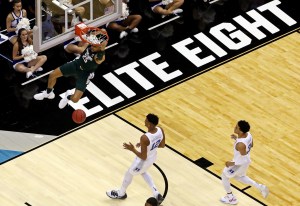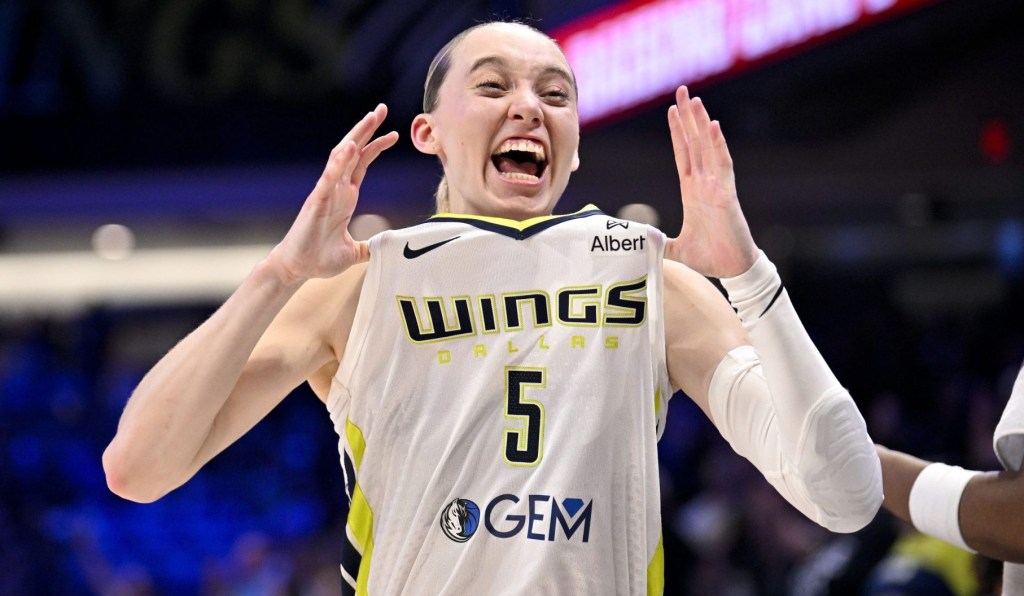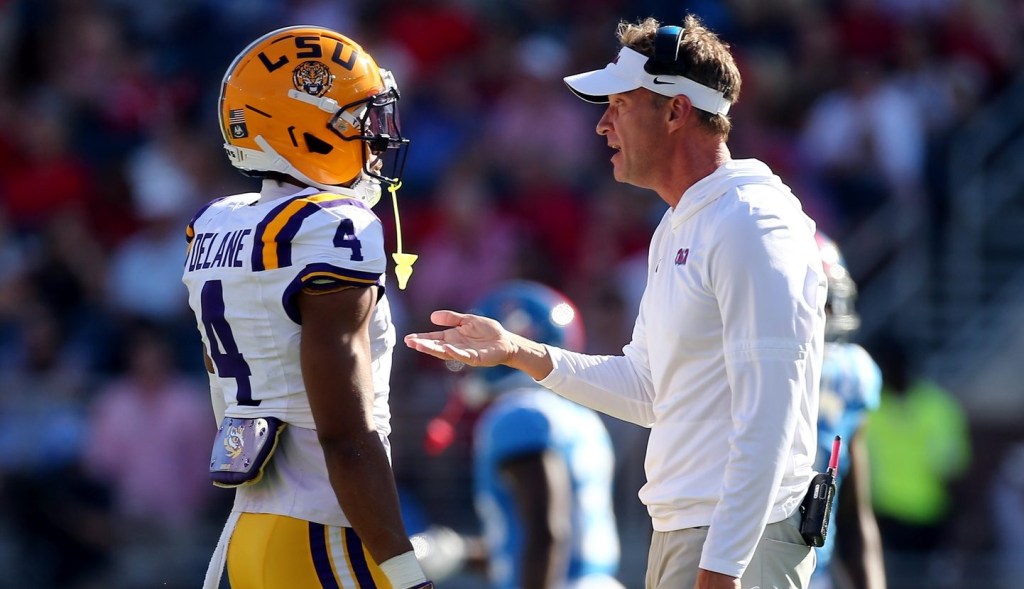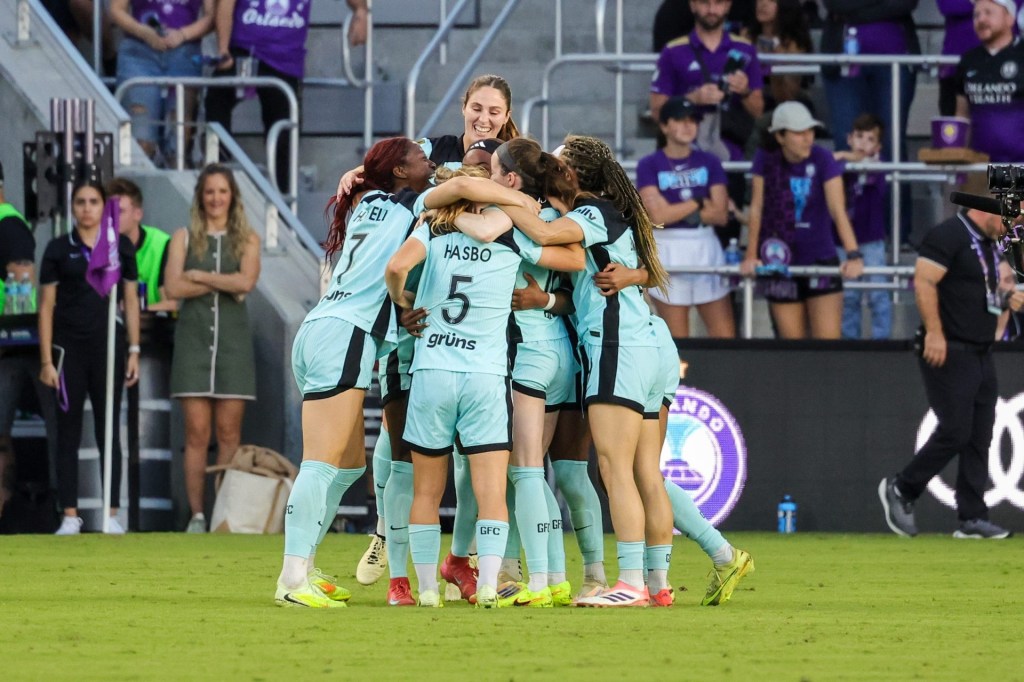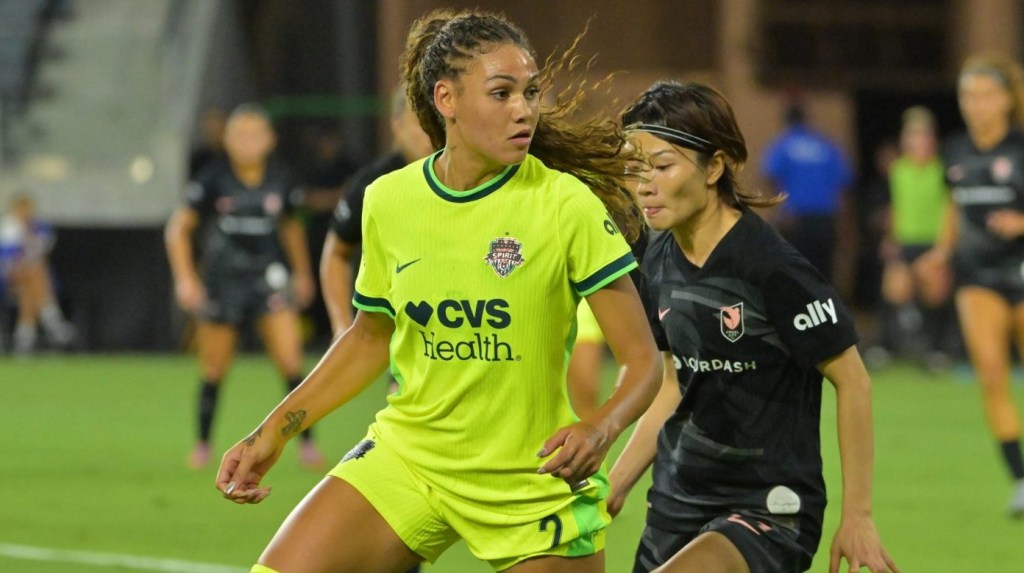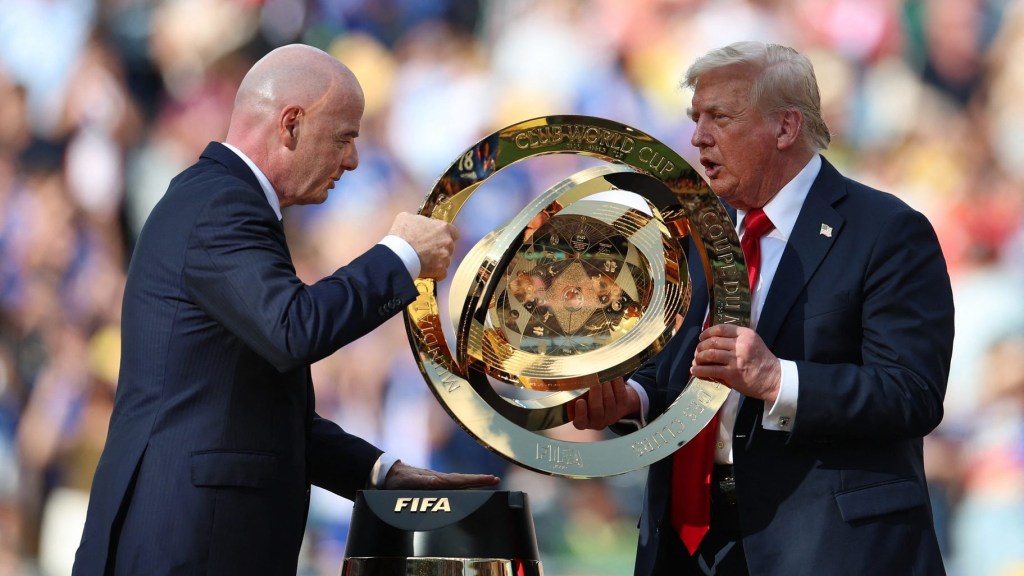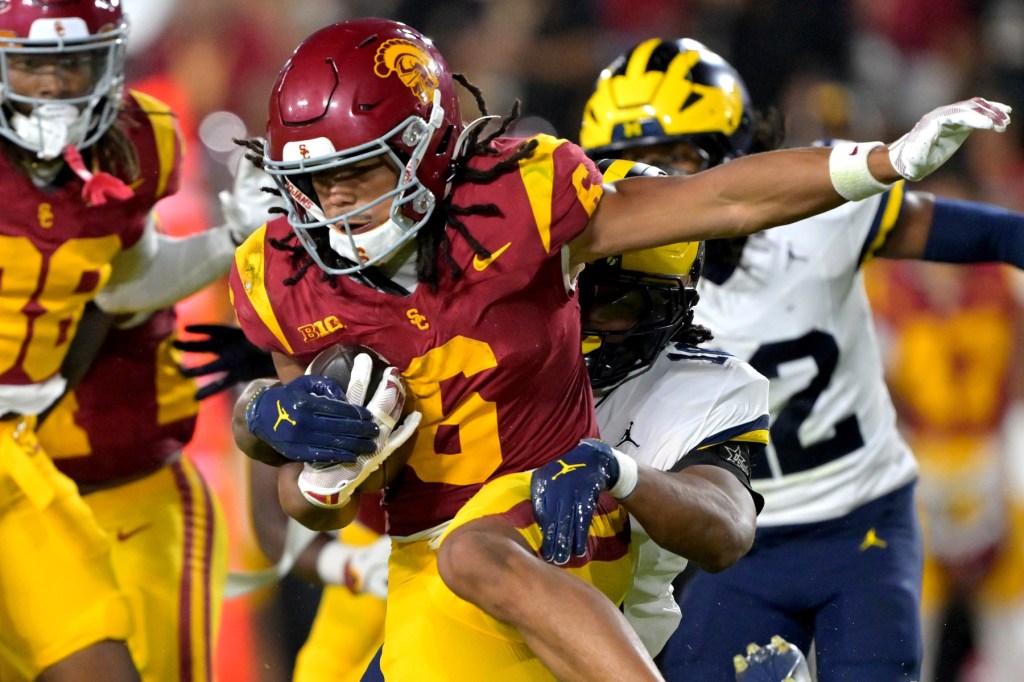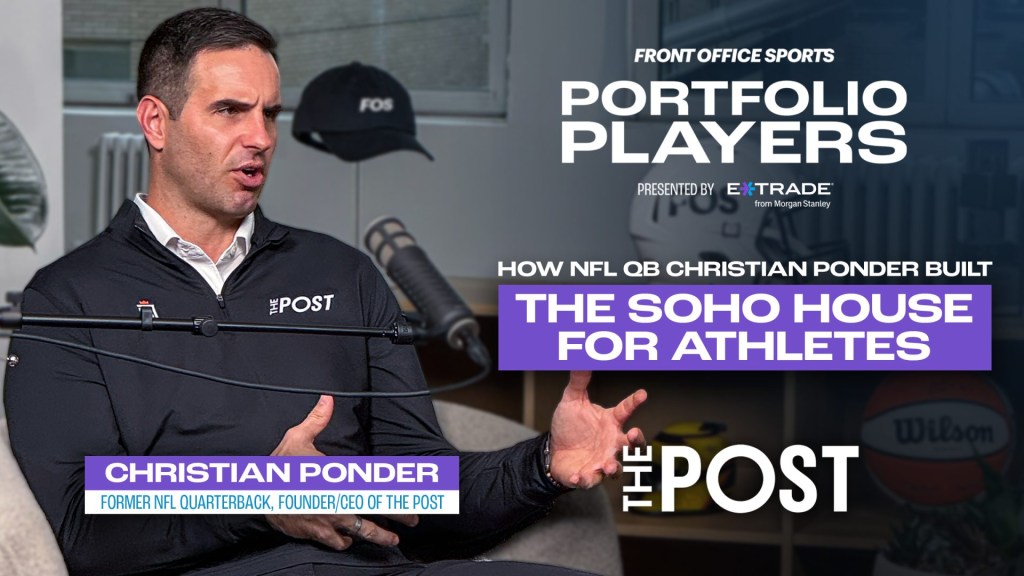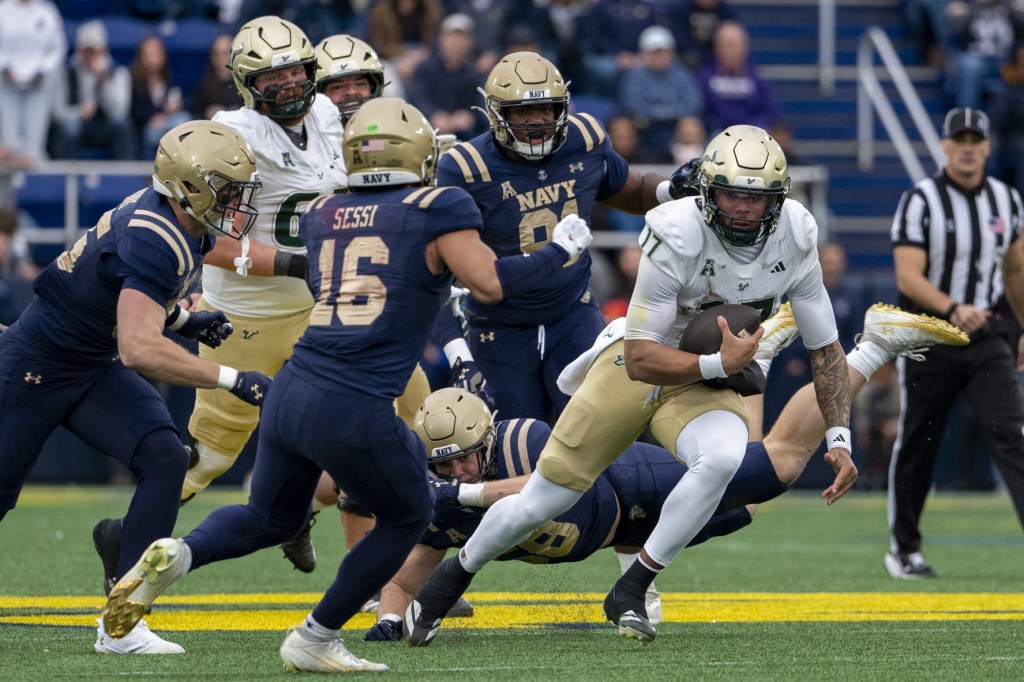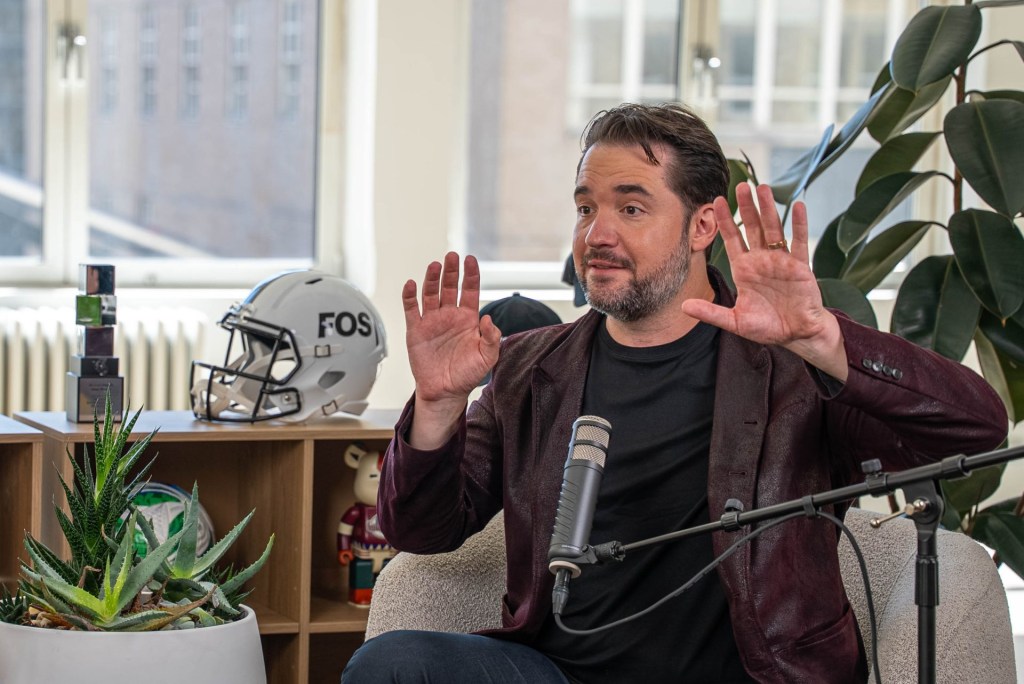The Pac-12 has entered a partnership with Quidel Corporation, a medical diagnostic company, to supply rapid, daily COVID-19 tests to Pac-12 athletes. It will also conduct a study using data gathered from testing, the conference announced on Sept. 3.
But while Pac-12 Commissioner Larry Scott called the acquisition of these new tests a “game changer,” he still couldn’t provide a concrete response regarding a new, earlier date for Pac-12 schools to return to play during a conference call with reporters.
In August, the Pac-12 announced it was postponing all athletic competition to Jan. 1, 2021.
Scott discussed other factors that remain concerns, from state mandates to long-term health risks of COVID-19.
Given that Scott said he has frequent phone calls with Big Ten Commissioner Kevin Warren, the development may also provide insight into what they — along with other conferences who have halted athletics — might need to feel comfortable sending athletes back to action.
In May, Quidel became the first company to receive FDA approval for rapid antigen tests, which are considered quicker and cheaper than the traditional PCR tests which many college departments and labs use. They’re also considered less accurate.
The California-based company also partners with “several” individual athletic departments whose athletes are currently playing this fall, Quidel CEO Doug Bryant said. But Bryant couldn’t disclose which programs he was working with, and said that the Pac-12 schools are so far the only ones that will receive rapid tests from his facility. Some Sun Belt schools have received quick tests from a company called Abbott, according to a Sports Illustrated report.
The good news is that Pac-12’s new testing capabilities will allow athletic departments to immediately receive results every day regarding who is sick, which is currently a “gap” that laboratory testing can’t close, said Dr. Doug Aukerman, athletic director of sports medicine at Oregon State.
Scott explained that previously, if an athlete tested positive, contact tracing would likely suggest that others who came into contact with that athlete must quarantine, which could in some cases wipe out the entirety of smaller roster teams, like basketball. But now, that risk will be eliminated.
“Having access to testing eight weeks earlier than we originally anticipated … does allow us to revisit some of our decisions,” Scott said. The decision to halt all athletics competition until Jan. 1, for example, was made when university presidents believed daily rapid testing wouldn’t be available until November. The conference cited lack of adequate testing capabilities in their original memo explaining why they had decided to postpone.
Now, with testing capabilities available to all Pac-12 universities by October, the league will revisit the possibility of beginning other sports in the fall.
When the Pac-12 begins basketball in particular will depend on a couple different factors. The date the NCAA decides to begin the season will impact the Pac-12’s ability to participate, Scott said, as the NCAA is currently deliberating on possibly postponing the basketball non-conference start date and plans to announce its decision sometime in September.
Scott also emphasized that in order to be comfortable scheduling non-conference games, the other conferences would have to adhere to the same testing and safety standards as the Pac-12.
Whilethe conference will consider modified schedules that might minimize travel, the Pac-12 likely won’t participate in the rumored college basketball bubbles the NCAA is planning.
“The idea of student athletes being in a bubble doesn’t resonate well with our university leaders.” Scott said. “We don’t think it would be appropriate.”
Other concerns still remain regarding other sports, with football in particular. State mandates play a role in when the Pac-12 will be allowed to resume play, as not all programs are cleared by their states to play, Scott said. However, one reporter on the call noted that NFL teams in California — where many Pac-12 schools are located — have clearance to play.
And despite the myocarditis snafu on Sept. 3, in which a health official’s statement that 30-35% of Big Ten athletes who had contracted COVID-19 also showed signs of myocarditis turned out to be false, the unknowns surrounding the cardiac heart inflammation continue to concern the Pac-12, said Dr. Kimberly Harmon, the section head of sports medicine for the University of Washington. Other long-term health risks also concern the conference beyond myocarditis.
In all, no one provided a straight answer regarding whether university presidents will vote to start basketball or football before Jan. 1. But all officials emphasized that the testing partnership is a key piece to that puzzle. “I think it’s going to help us find our way back to sports,” Aukerman said.

